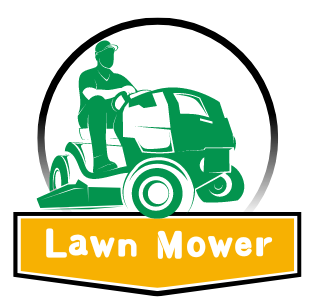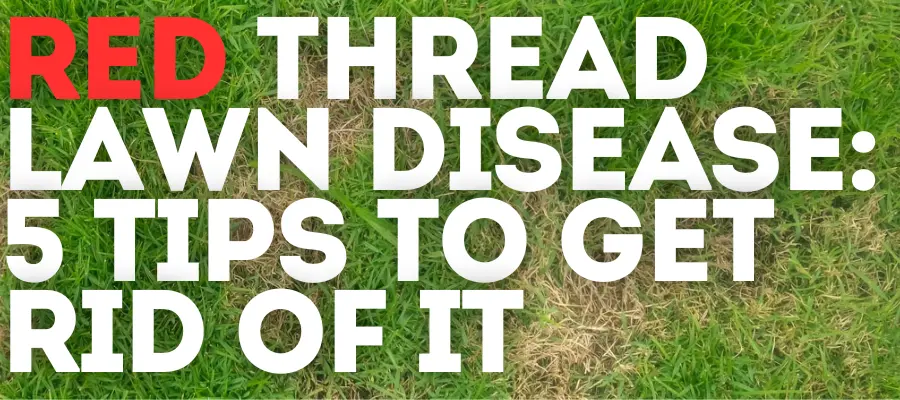Maintaining a healthy, vibrant lawn can be a source of pride and joy for homeowners. Yet, one of the most common challenges faced is the red thread lawn disease, a troublesome condition that can mar the lush green appearance of your yard. Imagine stepping out to see unsightly pinkish patches taking over your lawn, gradually turning brown and lifeless.
This disease, known scientifically as Laetisaria fuciformis, poses a significant threat to the aesthetic beauty of lawns. It thrives in specific conditions, spreading quickly and often leaving homeowners bewildered about how to tackle it.
Understanding what red thread lawn disease is and how to get rid of it is essential for anyone looking to maintain a pristine outdoor space. This article aims to provide complete information about the nature of this disease, its symptoms, causes, and actionable strategies for its eradication.
What is Red Thread Lawn Disease?

Red thread lawn disease is a fungal infection caused by the fungus Laetisaria fuciformis. It predominantly affects turfgrass, causing aesthetic damage that can be distressing for homeowners. Understanding its characteristics and how it develops is crucial for effective management.
Factors of Red Thread Lawn Disease
Visual Appearance: The most recognizable feature of red thread lawn disease is the reddish-pink thread-like structures that appear on the grass blades. These threads, known as sclerotia, give the disease its name.
Affected Grass Types: Although all grass types can be susceptible, red thread commonly affects perennial ryegrass, Kentucky bluegrass, and particularly red fescue.
Disease Cycle: The fungus thrives in temperatures between 60-75°F (15-24°C) and in moist conditions. It often appears during the spring and fall when the weather is cool and damp.
Symptoms of Red Thread Lawn Disease
Early detection of red thread lawn disease can prevent extensive damage. Here are the key symptoms to watch for:
Pinkish Patches: Small pinkish spots form on the grass blades. These can merge, creating larger affected areas.
Brown or Bleached Appearance: As the disease progresses, the pinkish patches turn brown or bleached, giving the lawn a patchy, thin, and unhealthy look.
Thread-Like Structures: Close inspection reveals red, thread-like structures on the grass, particularly in humid conditions.
Conditions Favoring Red Thread Lawn Disease
Red thread lawn disease thrives under certain conditions, which include:
Moisture: Excessive moisture from rain or over-irrigation creates an ideal environment for the fungus.
Poor Nutrition: Lawns deficient in nitrogen are more susceptible. Nitrogen deficiency weakens the grass, making it more vulnerable to diseases.
Compacted Soil: Poor soil aeration limits the grass’s ability to absorb nutrients and water, promoting fungal growth.
How to Get Rid of Red Thread Lawn Disease: 5 Top Tips
Red thread lawn disease can be a persistent problem, but with the right approach, you can effectively manage and eliminate it. Here are five top tips for getting rid of red thread and revitalizing your lawn.
1) Fertilization
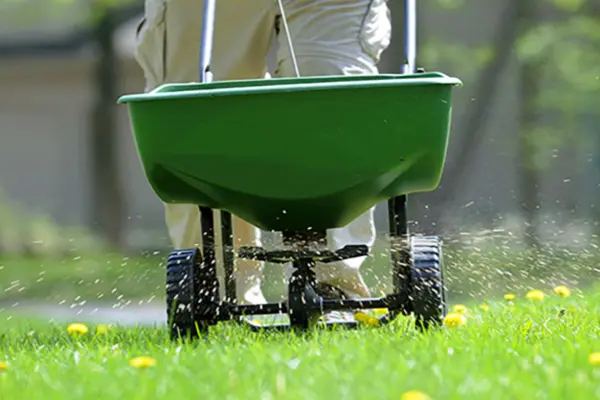
Applying a high-nitrogen fertilizer is one of the most effective ways to combat red thread lawn disease. Nitrogen encourages robust grass growth, which helps push out the diseased portions and promotes a healthier lawn overall.
Granular Fertilizers: These provide a slow release of nutrients, which is ideal for long-term lawn health. Spread granular fertilizer evenly across the lawn to ensure consistent nutrient distribution.
Liquid Fertilizers: These act quickly and are perfect for immediate recovery. They can be absorbed faster by the grass, making them useful for a quick boost.
2) Use of Liquid Seaweed
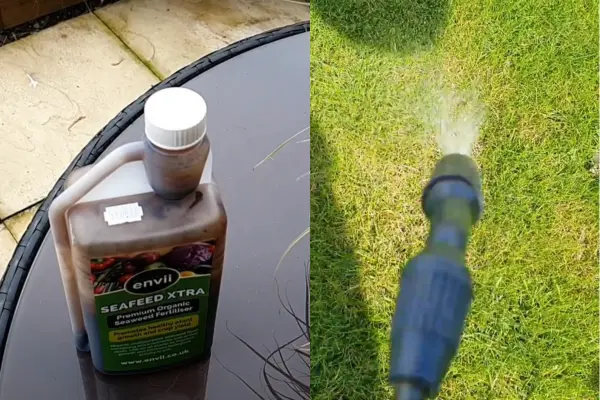
Liquid seaweed products aren’t a direct cure for red thread but play a crucial role in strengthening the lawn’s overall health and resilience. Seaweed contains natural growth hormones and nutrients that can improve plant vigor and help resist diseases.
Application Method: Use a sprayer to apply the liquid seaweed evenly across your lawn. It can be combined with other treatments like nitrogen fertilization for enhanced results.
3) Fungicides
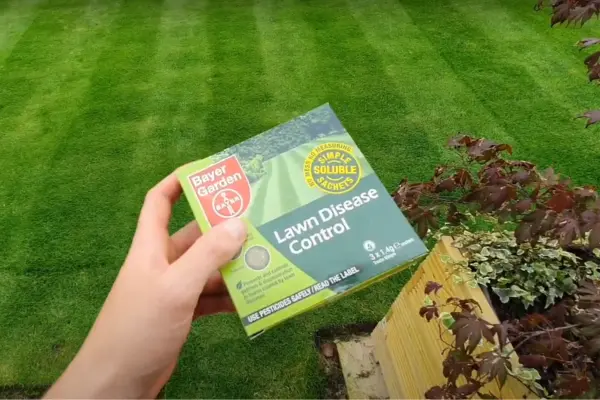
Fungicides can be effective for severe cases of red thread, particularly when other treatments are not sufficient. They work by targeting and eliminating the fungal spores responsible for the disease.
Application Tips
Preparation: Mix the soluble sachet with water as instructed. Do not open the water-soluble bag inside the sachet; just drop the entire bag into the water.
Coverage: One sachet covers approximately 20 square meters, so adjust the number of sachets based on your lawn size.
Frequency: Use fungicides sparingly, as overuse can lead to resistance. Generally, apply no more than twice a year.
4) Aeration
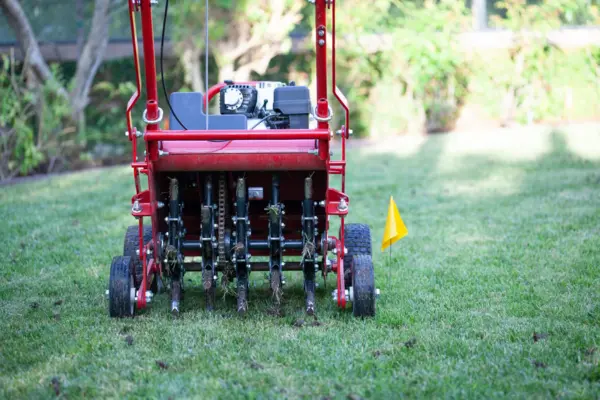
Aeration is a cultural control method that involves perforating the soil with holes to alleviate compaction, improve air circulation, and enhance nutrient and water uptake.
Aeration Benefits
Improved Root Health: Better air circulation and nutrient absorption promote stronger root systems.
Disease Prevention: Reduced soil compaction helps to minimize the ideal conditions for fungal growth.
How Often to Aerate
Frequency: Aerate your lawn once a year, preferably in the spring or early fall when grass is actively growing.
5) Cleaning Practices
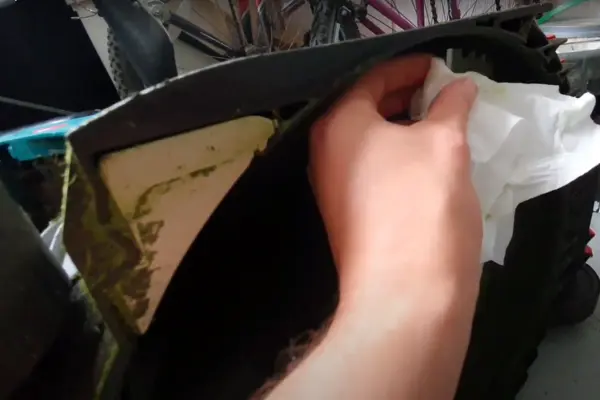
Regularly cleaning your lawn equipment prevents the spread of red thread disease and other pathogens. Fungal spores can transfer from one area to another via contaminated tools.
Cleaning Equipment
Mower Blades: Wipe down with a non-bleach antibacterial spray.
Rollers and Wheels: Clean thoroughly after each use.
Grass Clipping Disposal
Bag Clippings: Always bag and dispose of infected grass clippings to avoid spreading the disease to healthy areas.
Composting: Avoid composting diseased clippings as this can lead to contamination of your compost and garden.
Conclusion
Red thread lawn disease is a manageable condition with the right knowledge and practices. By following the tips outlined in this article, you can identify, treat, and prevent this common lawn disease, ensuring your lawn remains lush and healthy.
